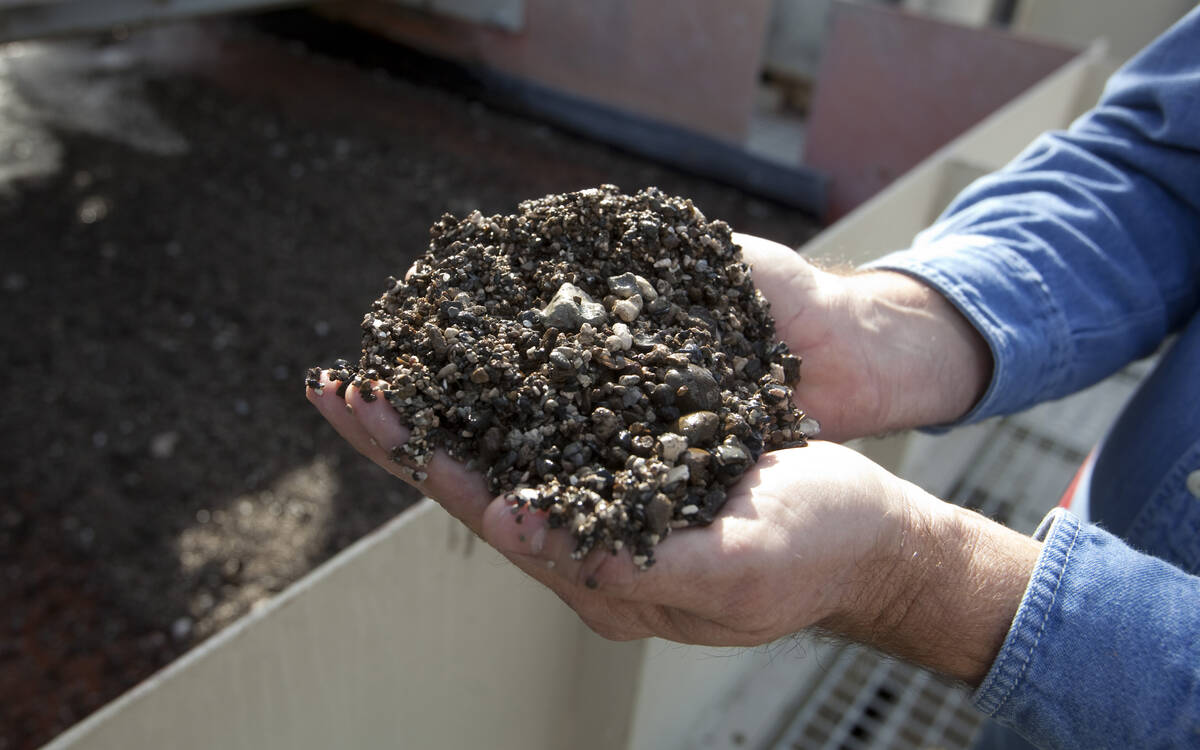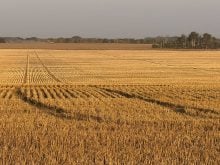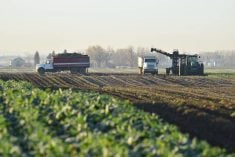LLOYDMINSTER, Alta. — Shelter belts increase yields by creating a better climate for crops to grow.
Field shelter belts protect crops from the wind, reduce evaporation and increase three factors — relative humidity, average daytime temperature in a field and moisture available to the crop, John Kort of the Prairie Farm Rehabilitation Administration told the annual meeting of the Saskatchewan Soil Conservation Association.
Over the long term, Kort said, shelter belts also increase soil productivity by reducing erosion and improving organic matter in the soil.
Read Also

Phosphate prices to remain high
Phosphate prices are expected to remain elevated, according to Mosaic’s president.
Daily temperature raised
Kort told about 900 farmers at the meeting that most of the measurable benefits come from snow trapping and the ability of the trees to raise the average daily temperature in a field.
In one experiment, crop yields increased 20.8 percent in a zone that was well-sheltered and trapped more snow; yields farther out in the field increased by 12.5 percent.
Crops respond best in the area within 10 times the shelter belt’s height. If you have a caragana shelter belt that is 20 feet high, the crop is helped the most within 200 feet either side of the trees.
As for creating a microclimate, shelter belts affect many of the variables that promote plant growth.
Relative humidity is increased because wind speed and evaporation are lower in sheltered crops. And higher relative humidity promotes better transpiration by the plant, promoting better growth.
But temperature is the main reason crops do better in fields that are sheltered.
In an experiment at Indian Head, Sask., a shelter belt allowed field air temperature to heat up more quickly in the morning and cool down more slowly in the afternoon, providing a longer period during the day that the crop can photosynthesize. Between 1 p.m. and 3 p.m., the hottest part of the day when a plant would slow down photosynthesis, average temperatures increased by 1.6¡.
Corn yields in a sheltered field improved by 59 percent, canola yields by 28 percent, lentils by 23 percent, barley by 18 percent and wheat by nine percent, Kort said.
Optimum photosynthesis for corn occurs at 28¡, Kort said, explaining why corn had the best yield response since, “it’s a crop that really likes that extra heat.”
For canola, optimum temperature is 22¡ and for wheat 15¡.
Solar radiation is the main reason field temperature increases, Kort concluded from the research. There is no temperature increase during cloudy days. If days are cool and sunny, however, temperature will still increase.
“In cool years, shelter belts are a real benefit.”














